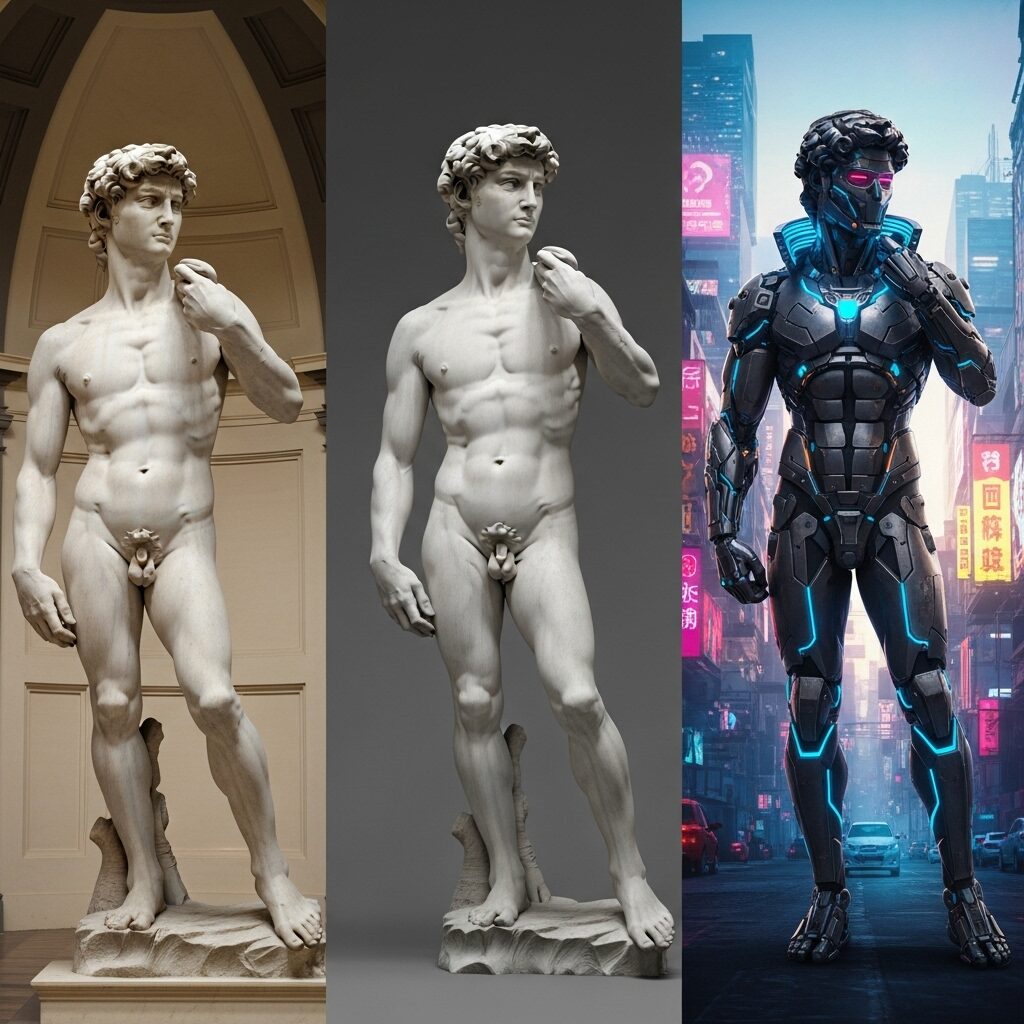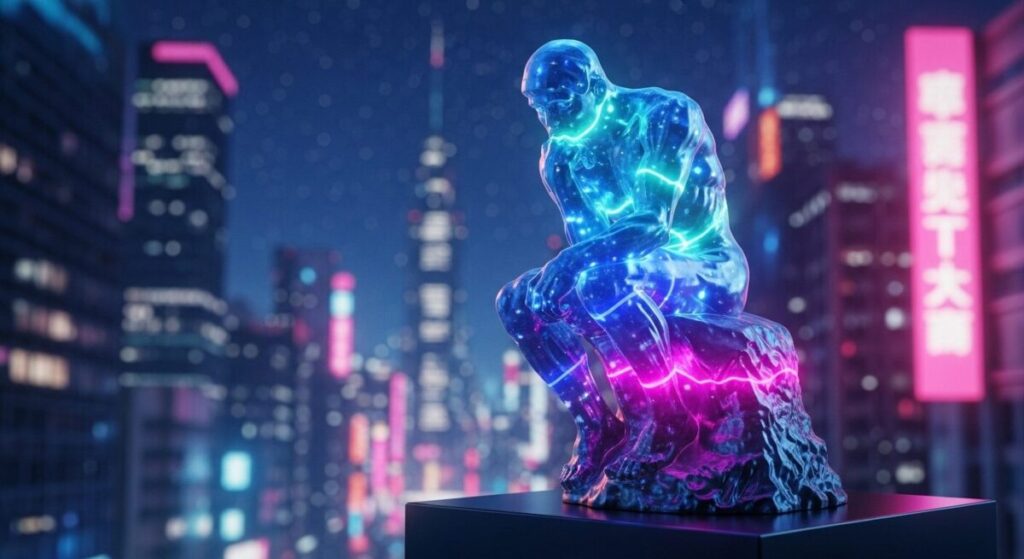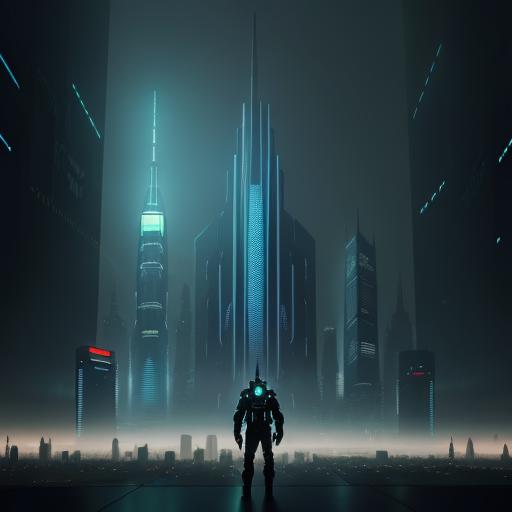Have you ever imagined Michelangelo’s David as a sleek, cybernetic warrior? Or what Rodin’s The Thinker might look like as a vibrant 3D-printed sculpture glowing with neon lights? Welcome to the exciting world of reimagining classic sculptures, a growing trend that’s bringing 3D masterpieces into the modern era with a fresh, innovative twist.

From artists using cutting-edge 3D modeling software to hobbyists crafting reinterpretations with everyday materials, the act of reimagining sculptures is captivating audiences worldwide. This movement blends the timeless beauty of classical sculpture with modern technology and creativity, posing a thrilling question: how can we reenvision 3D art for today’s world?
Key Takeaways: Sculpture Reimagining Trends
- Technology-Driven Creativity: Tools like Blender, Artbreeder, and 3D printers are making sculpture reimagination accessible to everyone.
- Social Media Buzz: Platforms like Instagram and TikTok amplify 3D art recreation challenges and viral reinterpretations.
- Cultural Relevance: Reimagined sculptures make classical art more approachable, connecting with diverse modern audiences.
- Popular Subjects: David, Venus de Milo, The Thinker, and Discobolus are top choices for reinterpretation.
- Diverse Techniques: From digital modeling to physical recreations, artists use AI, AR, and modern materials to redefine sculptures.
- Educational Impact: Reimagining sculptures fosters engagement with art history in interactive, memorable ways.
- Commercial Potential: The market for reimagined sculptures spans viral content to high-end commissioned works.
Why Are We Fascinated with Reimagining Classic Sculptures?
The desire to reinterpret iconic sculptures is fueled by a mix of nostalgia, creativity, and technological innovation. Here’s why this trend is taking off:
Familiarity and Timeless Appeal: Sculptures like Venus de Milo or The Thinker are cultural touchstones, instantly recognizable across generations. Reimagining them feels like remixing a classic song—familiar yet refreshingly new.
Creative Play and Humor: Reimagining sculptures often involves playful mashups, like placing David in a sci-fi setting or turning The Thinker into a pop culture icon. These reinterpretations thrive on social media, where wit and originality drive engagement.
Accessibility and Inclusion: Classical sculptures can feel distant to modern audiences. Reimagining them as contemporary figures or in vibrant digital formats makes them more relatable, inviting new audiences to engage with art history.
The Tech Revolution: How AI and 3D Tools Are Redefining Sculptures
The rise of AI and 3D modeling tools has revolutionized how we reimagine sculptures. Platforms like Blender, Artbreeder, and ZBrush, alongside 3D printing and AR apps, have made it possible for anyone to reinterpret iconic works in minutes.
How Technology Reimagines Sculptures

The process is straightforward yet awe-inspiring. Artists or hobbyists input a description or “prompt” into AI tools or use 3D modeling software to redesign a sculpture. For example, prompts like these yield stunning results:
- “Michelangelo’s David as a cyberpunk android, glowing neon accents, ultra-realistic, 8K render.”
- “Venus de Milo reimagined as a holographic statue in a sci-fi museum, augmented reality style.”
- “The Thinker recreated with recycled plastic materials, vibrant street art aesthetic.”
These tools analyze vast datasets of art and 3D models to generate unique reinterpretations, blending classical forms with modern aesthetics. The results are often breathtaking, ranging from photorealistic renders to whimsical, surreal creations.
Popular Sculpture Reimagining Techniques
| Technique | Example Approaches | Difficulty Level | Tools Required |
|---|---|---|---|
| AI-Generated | Artbreeder, DALL-E prompts | Beginner | AI subscription |
| 3D Modeling | Blender, ZBrush digital renders | Intermediate | 3D software |
| 3D Printing | Scaled-down or modified replicas | Intermediate | 3D printer, filament |
| Physical Recreation | Sculpting with resin, metal, or recycled materials | Advanced | Sculpting tools, materials |
| Augmented Reality | AR apps for virtual statue placement | Beginner | Smartphone, AR app |
| Street Art | Graffiti or mural reinterpretations | Advanced | Spray paints, permissions |
A Gallery of Reimagined Sculptures: The Most Iconic Works
Certain sculptures stand out as favorites for reinterpretation due to their cultural significance and recognizable forms.
1. Michelangelo’s David Reimagined
David is a natural choice for reimagination, thanks to its iconic silhouette. Artists often place him in modern or futuristic settings, like a cyberpunk city or as a superhero.
Common Themes: Dressing David in contemporary clothing, rendering him in digital formats, or using 3D printing to create miniature versions with modern twists.
High-Volume Keywords: “David sculpture reimagined,” “modern David statue,” “David AI art.”
2. Venus de Milo Recreated
The armless beauty of Venus de Milo inspires artists to imagine what her missing arms might be doing or to place her in unexpected contexts, like a pop art gallery.
Common Themes: Adding modern prosthetics, reimagining her as a digital hologram, or crafting her from unconventional materials like glass or metal.
High-Volume Keywords: “Venus de Milo reimagined,” “modern Venus statue,” “Venus de Milo 3D art.”
3. The Thinker: A Modern Meditation
Rodin’s introspective figure is perfect for exploring modern themes of mindfulness or technology overload.
Common Themes: Reimagining The Thinker as a robot pondering AI ethics, a street art mural, or a 3D-printed model with glowing LED accents.
High-Volume Keywords: “The Thinker reimagined,” “modern Thinker sculpture,” “The Thinker AI art.”
4. Discobolus: Dynamic Motion Reborn

The Discus Thrower captures movement, making it ideal for reinterpretations that emphasize athleticism or modern sports culture.
Common Themes: Recreating the statue as a breakdancer, a digital avatar in a video game, or a 3D-printed model with vibrant colors.
High-Volume Keywords: “Discobolus reimagined,” “Discus Thrower modern art,” “Discobolus 3D recreation.”
From Digital to Physical: The World of Sculpture Reimagination
Reimagining sculptures goes beyond digital renders. Artists and enthusiasts are exploring a range of techniques to bring these works to life:
- Digital Modeling: Using software like Blender to create photorealistic or stylized versions of classic sculptures.
- 3D Printing: Producing tangible replicas with modern materials like resin or recycled plastics.
- Augmented Reality: Apps like Snapchat or ARtivive allow users to place reimagined sculptures in real-world settings.
- Physical Mashups: Sculptors use clay, metal, or found objects to create humorous or thought-provoking reinterpretations.
- Street Art: Large-scale murals or installations reimagine sculptures in urban environments.
Join the Fun: How to Participate in the Sculpture Recreation Challenge

You don’t need to be a sculptor to join the fun. The sculpture recreation challenge encourages anyone to reimagine classic works using accessible tools or materials. Here’s how to start:
- Choose Your Sculpture: Pick an iconic piece like David or Venus de Milo. Simple forms work best for beginners.
- Gather Materials: Use household items (e.g., aluminum foil for armor, cardboard for bases) or digital tools like Blender or Artbreeder.
- Match the Pose: Study the sculpture’s posture and recreate it, whether physically or digitally.
- Experiment with Style: Try a modern twist, like a sci-fi aesthetic or a pop culture reference.
- Share Your Creation: Post your work on Instagram or TikTok with hashtags like #SculptureRecreationChallenge or #ReimagineSculpture.
The Future of Sculpture: A Fusion of Tradition and Innovation
Reimagining classic sculptures is more than a trend—it’s a celebration of art’s enduring relevance. By blending classical forms with modern technology, artists and enthusiasts are creating a dialogue between past and present. Whether you’re 3D-printing a neon-lit Thinker, rendering David as a digital avatar, or crafting a physical parody with recycled materials, you’re part of a global movement.
This trend shows that sculptures, like paintings, are not frozen in time. They’re living works, ready to be reinterpreted and rediscovered. So grab a tool—be it a 3D printer, a smartphone, or a lump of clay—and make a classic sculpture your own.
Frequently Asked Questions
What does it mean to reimagine a classic sculpture?
Reimagining a classic sculpture involves creating a new interpretation while preserving recognizable elements. This can mean changing the style, material, or context, such as turning David into a digital avatar or crafting Venus de Milo from recycled materials.
Is it legal to recreate classic sculptures?
Recreating sculptures in the public domain (typically pre-1928 works like David or Venus de Milo) is generally legal. For newer works, check copyright status and consider fair use principles to avoid legal issues.
What are the best tools for reimagining sculptures?
Popular tools include Blender and ZBrush for 3D modeling, Artbreeder for AI-generated designs, and 3D printers for physical replicas. AR apps like Snapchat or ARtivive are great for virtual reinterpretations.
How do I start a sculpture recreation challenge?
Choose a simple sculpture, gather materials (household items or digital tools), and recreate the pose or form. Add a modern twist, like a sci-fi or pop culture theme, and share your work online with relevant hashtags.
Can reimagined sculptures be sold commercially?
Public domain sculptures can often be reimagined and sold, but check copyright status for newer works. Consult legal advice to ensure compliance with fair use or parody protections.
Why is sculpture reimagination gaining popularity?
Advances in AI, 3D printing, and AR have made sculpture reimagination accessible to all. These tools, combined with social media’s love for creative challenges, make it easy to share and celebrate new interpretations.
What makes a good sculpture recreation?
A great recreation retains the essence of the original while adding a fresh perspective, whether through humor, cultural relevance, or technical skill. It should resonate with modern audiences and spark conversation.
How do I avoid copyright issues with sculpture recreations?
Use public domain sculptures, ensure your work is transformative, and avoid direct copies. Check fair use factors like purpose and market impact, and seek legal advice if selling commercially.
Useful Resources
- Blender: A free and open-source 3D creation suite.
- Link: https://www.blender.org/
- Why it’s useful: Ideal for 3D modeling, sculpting, and rendering your reimagined sculptures. It’s a powerful tool with a large community and many tutorials available.
- Artbreeder: A creative AI tool that allows you to generate and mix images.
- Link: https://www.artbreeder.com/
- Why it’s useful: Excellent for quickly generating AI-driven reinterpretations of sculptures based on various styles and concepts, as mentioned in your post.
- MyMiniFactory: A platform for 3D printable files.
- Link: https://www.myminifactory.com/
- Why it’s useful: You can find existing 3D models of classic sculptures (often in the public domain) to download and modify, or upload your own reimagined designs for 3D printing.
- ZBrush (Pixologic): A digital sculpting software.
- Link: https://www.maxon.net/en/zbrush
- Why it’s useful: While not free, ZBrush is an industry standard for detailed digital sculpting, offering more advanced tools for intricate reinterpretations compared to some entry-level software.
- Smithsonian’s Open Access: Provides millions of digital assets from the Smithsonian’s collections, including 3D models.
- Link: https://www.si.edu/openaccess
- Why it’s useful: A fantastic resource for finding high-quality, public domain 3D scans of classic sculptures to use as a starting point for your reinterpretations. This ensures you’re working with accurate base models.


